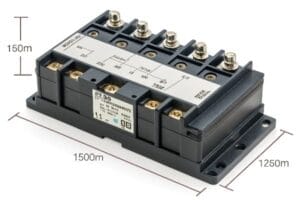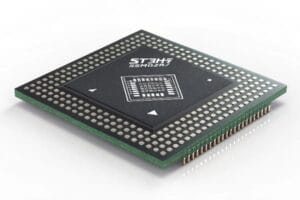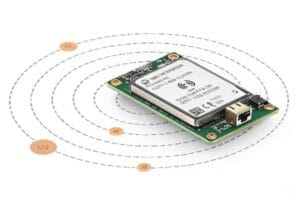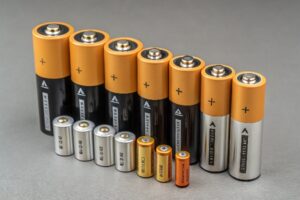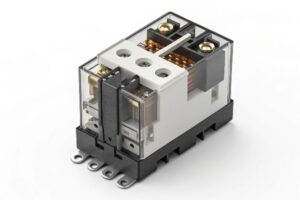Tariffs Hit Hard: How Is the Global Semiconductor Spot Market Responding?
Did you see chip prices jump recently? Tariffs caused a stir. Let’s see how the market reacted and what’s happening now.
Tariffs initially caused price increases and quotation suspensions in the Huaqiangbei spot market. American brands, like TI and ADI, saw a surge in orders. However, after the tariff measures were adjusted, the market largely returned to its previous state, with demand driving prices.
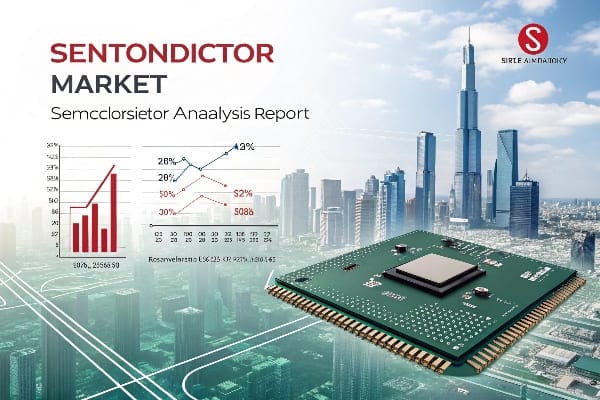
The tariff storm has passed, but the market is still full of uncertainty. I want to share some insights on how the chip market is working now.
What is the Forecast for the Semiconductor Market?
Wondering what the future holds for chips? It’s a rollercoaster, with some ups, downs, and lots of changes.
Market forecasts for semiconductors are mixed. Some analysts predict continued growth, driven by demand from AI, automotive, and IoT. However, others foresee potential slowdowns due to geopolitical tensions and economic uncertainties. Overall, the long-term outlook remains positive, but short-term volatility is expected.

Let’s dig into some of the key things that are shaping the semiconductor market right now, and talk about what that means for customers like KenKim, Emerson, and Joao who need to source components.
Key Trends
- AI Demand: The artificial intelligence boom is driving demand for high-performance chips. This especially relates to GPUs and specialized AI accelerators.
- Automotive Growth: Electric vehicles and advanced driver-assistance systems (ADAS) require many semiconductors. This is a long-term growth driver.
- IoT Expansion: The Internet of Things continues to grow. This creates a need for chips in smart homes, industrial automation, and wearable devices.
- Geopolitical Risks: Trade tensions and export controls are creating uncertainty. They also put stress on global supply chains.
- Economic Slowdowns: Global economic slowdowns can reduce demand for consumer electronics and other products. This can impact chip sales.
What Happened After Tariff Announcement?
After China announced an 84% tariff policy on US and Canada, distributors of American brands like TI and ADI saw a surge in performance. One TI distributor said they sold a week’s worth of goods in a day. Prices rose for many generic materials. After the tariffs were lessened, the market calmed down. However, ADI has maintained stronger pricing than TI.
Are Semiconductors Exempt from US Tariffs?
Confused about whether tariffs apply to chips? It’s a complicated situation, and the rules keep changing.
The exemptions for semiconductors from US tariffs have varied over time. Some specific products may be exempted through special arrangements or waivers. But, broadly speaking, most semiconductors are subject to tariffs, impacting their cost and availability.
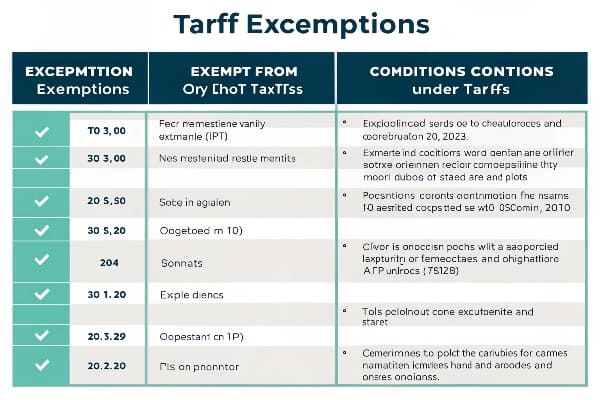
With exemptions coming and going, staying up-to-date can be a challenge. So, here’s what you should be keeping in mind.
Factors Determining Exemptions
Several things determine whether a semiconductor is exempt from tariffs:
- Country of Origin: Tariffs usually target products from specific countries.
- Product Category: Some product categories are exempt.
- Trade Agreements: Trade agreements can reduce or remove tariffs.
- Waivers: Companies can apply for waivers for specific products.
What Did Market Participants say?
According to some distributors, some US-origin chips are not subject to high tariffs. On May 12, China ended 91% of countermeasures tariffs on US goods. In response to US 25% tariffs, 24% were temporarily suspended for 90 days. However, the remaining 1% of the tariff will be retained. This has changed the shape of pricing.
What is Happening in the Semiconductor Market?
Curious about the latest developments in the chip world? It’s a dynamic space with ongoing shifts.
The semiconductor market is experiencing a mix of trends. Demand is fluctuating due to various factors, including economic conditions and geopolitical tensions. Certain sectors, like AI and automotive, remain strong, while others face challenges. Overall, the market is in a state of adjustment.
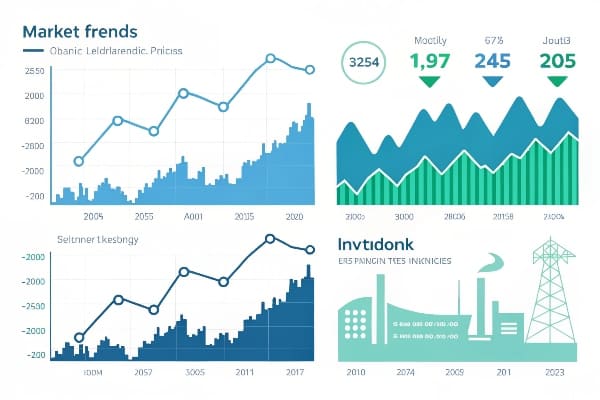
To really get a grasp of what’s happening, let’s examine some specific examples and data points.
Examples of Market Changes
- TI’s Weakness: Demand for TI chips has decreased, and prices have fallen back to pre-tariff levels. TL074IDR went to 0.7 RMB in April, and has returned to around 0.68 RMB.
- ADI’s Strength: ADI chips are showing strength. They’re holding onto prices. AD7606, even after tariffs have ended, remains around 76 RMB
- Storage Prices Rising: Memory chip prices are still on the rise.
What Pure Traders and Agents Say
Traders who work mainly with terminals had increased orders before the tariff storm. But after it ended, some said the situation improved. In April of this year, a tariff dispute emerged. Some distributors of American brands have received many orders in this wave of opportunities. Some agents and traders that mainly deal with terminals had increased orders before the tariff storm. After the storm ended, some have seen improvement.
Is Semiconductor Exempted From Tariff?
Still wondering about the tariff question? The answer isn’t straightforward.
Whether a semiconductor is exempted from tariffs depends on several factors. This includes its origin, specific type, and any applicable trade agreements. Many semiconductors are still subject to tariffs, but some may be eligible for exemptions based on these considerations.
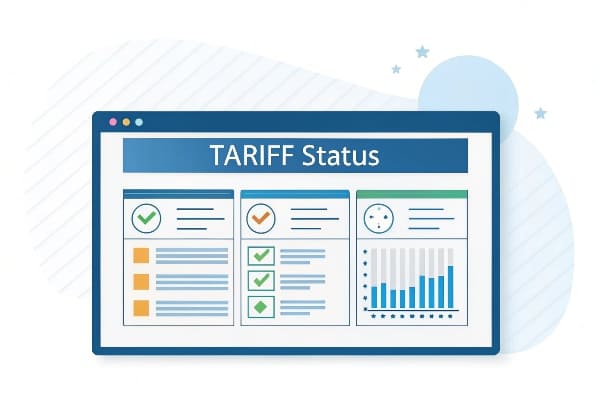
So, how can you figure out if a specific part number is affected? Here’s a breakdown.
Checking for Exemptions
To find out if a specific semiconductor is exempt from tariffs, here are some things to do:
- Check Trade Agreements: See if the semiconductor’s country of origin has a trade agreement with the importing country that reduces or eliminates tariffs.
- Review Official Lists: Refer to official government lists of products subject to tariffs and any exemptions.
- Contact Customs Authorities: Check with customs authorities to get definitive guidance.
According to NJ, a chip distributor specializing in foreign trade, US customers are considering Chinese suppliers more carefully. Although American customers are re-inquiring, tariff-period orders have already gone to suppliers from other countries.
Conclusion
The tariff situation is complex. While things have calmed down, the semiconductor spot market remains sensitive to global events. Stay informed and keep your options open!
Although the fluctuation of tariffs brought temporary heat and temporary market fluctuations, the market ultimately returned to reality – demand led, prices stabilized, and competition remained fierce.

